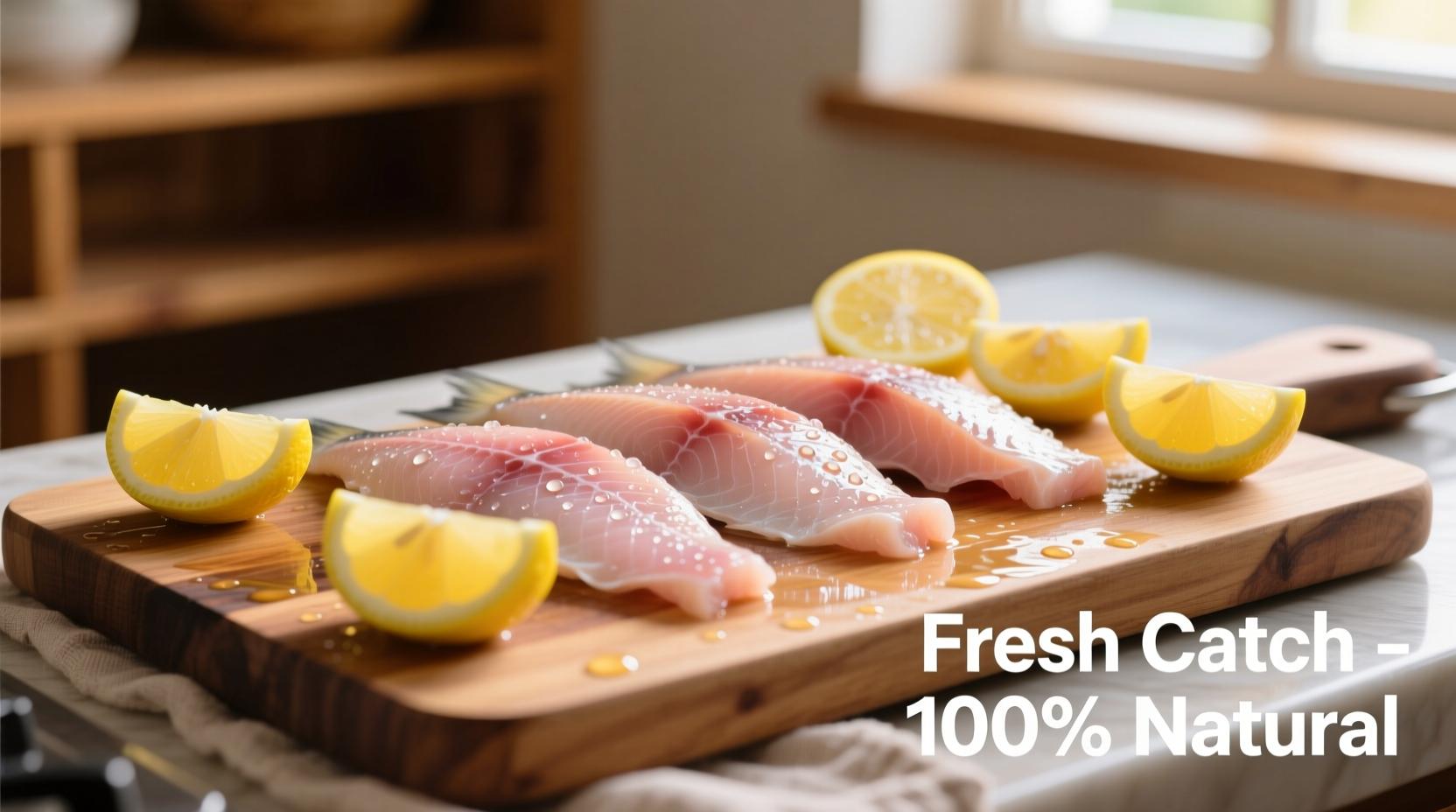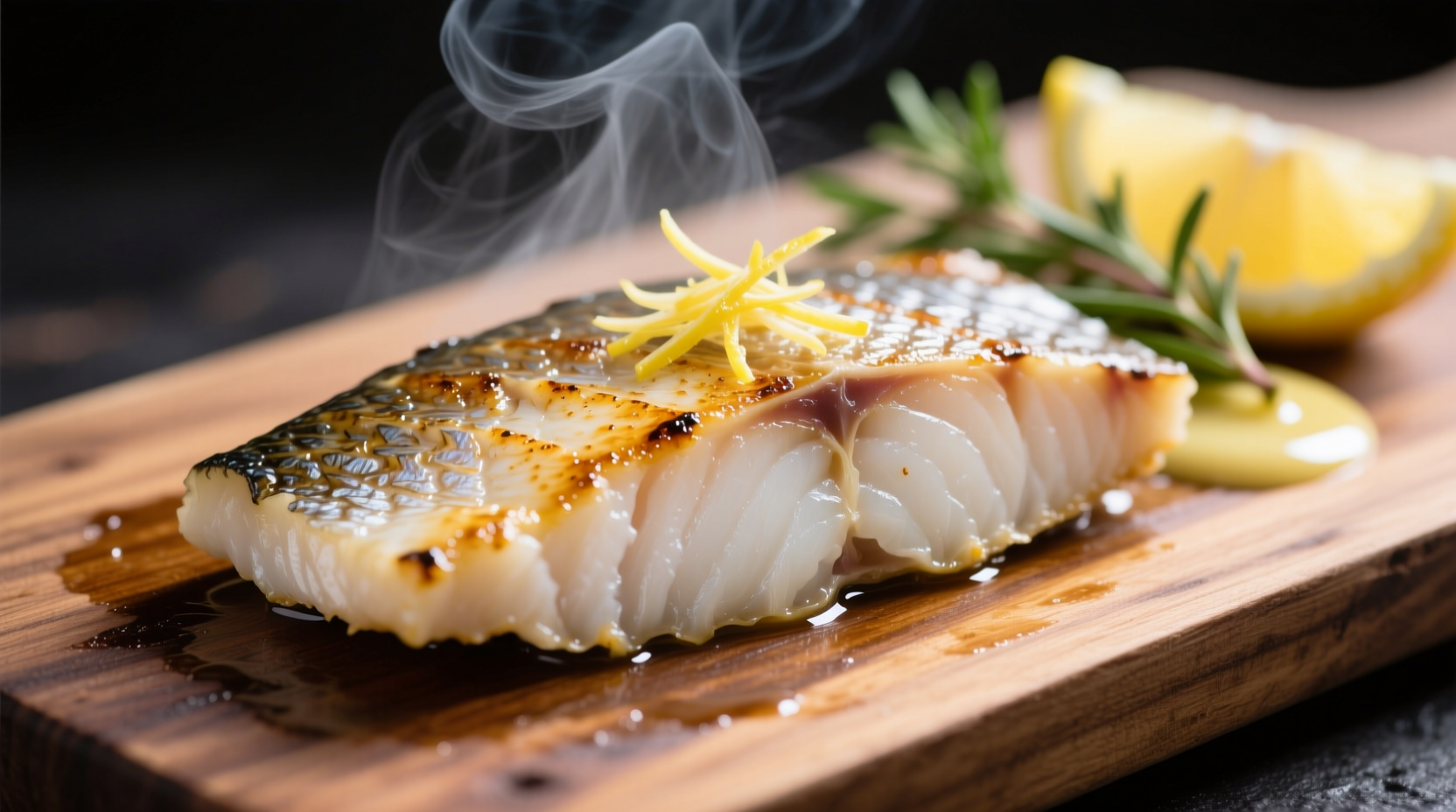Understanding Basa's Flavor Profile
Basa (Pangasius bocourti), a freshwater catfish native to Vietnam's Mekong River basin, has become popular worldwide due to its mild flavor and affordability. Unlike stronger-tasting fish like mackerel or salmon, basa offers a clean, approachable taste that appeals to those who prefer less pronounced seafood flavors.
The National Oceanic and Atmospheric Administration (NOAA) confirms that basa's mildness stems from its freshwater habitat and diet, which differs significantly from saltwater fish that often develop stronger briny characteristics. This makes basa particularly suitable for children or adults who are new to eating fish.

How Basa Compares to Other White Fish
When evaluating what does basa taste like compared to other common white fish, several key differences emerge. Many consumers mistakenly believe all white fish taste identical, but subtle variations significantly impact cooking outcomes.
| Fish Type | Flavor Intensity | Texture | Best Cooking Methods | Price Point |
|---|---|---|---|---|
| Basa | Mild, slightly sweet | Delicate, flaky | Pan-searing, baking, poaching | $$ |
| Cod | Moderate, clean | Firm, meaty | Frying, baking, grilling | $$$ |
| Tilapia | Mild, sometimes earthy | Firm but flaky | Pan-frying, baking | $$ |
| Haddock | Moderate, slightly sweet | Firm, dense | Frying, baking, smoking | $$$ |
| Channel Catfish | Moderate, sometimes muddy | Firm, meaty | Frying, grilling | $$ |
Factors That Influence Basa's Taste
Several elements affect what basa tastes like when cooked properly. Understanding these factors helps ensure optimal flavor in your dishes:
Freshness Indicators
Fresh basa should have a clean, almost neutral aroma with no fishy or ammonia-like smells. The FDA recommends checking for firm, translucent flesh that springs back when pressed. Discoloration or a slimy texture indicates reduced quality that will negatively impact flavor.
Farming Practices
According to research published in the Journal of Aquaculture Research & Development, basa raised in cleaner Mekong River tributaries develops a more neutral flavor profile compared to fish from more polluted areas. Reputable suppliers maintain strict water quality standards that directly influence taste.
Best Cooking Methods to Enhance Basa's Flavor
Knowing how to cook basa to maintain its delicate flavor separates successful dishes from disappointing ones. This mild fish requires careful handling to prevent flavor loss or texture issues.
Pan-Seared Basa with Lemon-Herb Crust
This technique works exceptionally well because the quick sear creates a flavorful crust while preserving the delicate interior. Professional chefs recommend:
- Drying fillets thoroughly before cooking
- Using medium-high heat with avocado or grapeseed oil
- Cooking 3-4 minutes per side until internal temperature reaches 145°F
- Finishing with fresh lemon juice to enhance the natural sweetness
Avoiding Common Cooking Mistakes
Many home cooks wonder why does my basa taste bland or fishy despite following recipes. These frequent errors compromise flavor:
- Overcooking: Basa's delicate texture turns rubbery when cooked beyond 145°F
- Inadequate seasoning: Its mild flavor needs proper salting at minimum
- Using strong-flavored oils: Extra virgin olive oil can overwhelm basa's subtlety
- Not patting dry: Excess moisture prevents proper searing and causes steaming
Perfect Flavor Pairings for Basa
Understanding what flavors go well with basa fish unlocks its culinary potential. Unlike stronger fish that can stand up to bold flavors, basa benefits from complementary rather than overpowering ingredients.
Recommended Seasoning Combinations
Food science research shows that mild fish like basa responds best to:
- Citrus elements (lemon, lime, orange zest)
- Delicate herbs (dill, parsley, chives)
- Mild spices (paprika, white pepper, garlic powder)
- Light sauces (lemon-butter, herb-infused olive oil)
Sustainability Considerations
When exploring what does basa taste like sustainability factors, it's important to note that responsible farming practices affect both environmental impact and flavor quality. The Monterey Bay Aquarium Seafood Watch program recommends choosing basa with ASC (Aquaculture Stewardship Council) certification, which ensures better water quality management that produces cleaner-tasting fish.
Practical Applications in Everyday Cooking
Now that you understand what basa tastes like and how to cook it properly, here are three simple applications that showcase its versatility:
- Weeknight Fish Tacos: Flake cooked basa into warm tortillas with cabbage slaw and lime crema
- Lighter Fish & Chips: Use panko-crusted basa instead of traditional cod for a less fishy version
- Asian-Inspired Steamed Fish: Steam basa fillets with ginger, scallions, and light soy for authentic Vietnamese preparation
Final Thoughts on Basa's Flavor Profile
Basa's mild, slightly sweet flavor makes it an excellent choice for those exploring seafood or seeking a versatile protein for weeknight meals. When properly sourced and prepared, it offers a clean taste experience that adapts beautifully to various cuisines. Remember that freshness and appropriate cooking techniques significantly impact what basa tastes like in your final dish, so prioritize quality sourcing and avoid common preparation mistakes for the best results.
Frequently Asked Questions
Does basa taste fishy?
No, high-quality basa has a mild, slightly sweet flavor with minimal fishiness. Its freshwater origin contributes to this clean taste profile. Fishy flavors typically indicate reduced freshness or improper storage.
How does basa compare to cod in flavor?
Basa has a milder, slightly sweeter flavor than cod with a more delicate texture. Cod offers a more pronounced clean fish flavor and firmer meat that holds together better in heartier preparations.
What's the best way to season basa?
Basa benefits from simple seasoning that enhances rather than overwhelms. Salt, pepper, lemon juice, and delicate herbs like dill or parsley work best. Avoid heavy spice blends that would mask its subtle flavor.
Why does my basa taste bland?
Basa may taste bland if not properly seasoned or if overcooked. Always salt basa before cooking, and avoid cooking beyond 145°F internal temperature. Fresh lemon juice added at the end enhances its natural sweetness.











 浙公网安备
33010002000092号
浙公网安备
33010002000092号 浙B2-20120091-4
浙B2-20120091-4